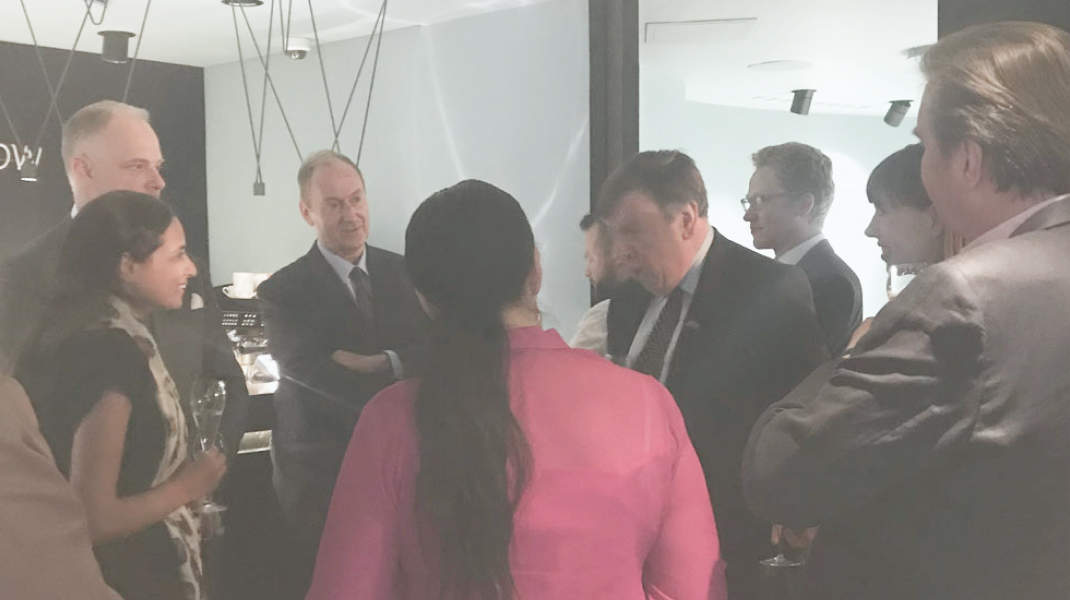Like most skills in life, building influence starts with self-knowledge. Know thyself.
Research-based development for leaders focuses on three main themes:
- Self-acceptance
- Self-management
- Self-development
Self-acceptance involves undertaking a self-audit. Understanding your strengths and limitations enables you to focus on building influence using the building blocks of your natural strengths. Self-management develops the wisdom you need to steer away from situations where you will not perform well due to personal limitations. It also allows you to challenge yourself and work to overcome these real or perceived limitations. Self-development cultivates mastery in ones strengths where true influence resides.
Self-acceptance
Self-acceptance also involves taking a critical look at how society has influenced you. There is the impact of gender schemas to consider. Individuals become gendered in society with sex-linked characteristics which are maintained and transmitted to other members of a culture. ‘Girls should be generous and put others first’ versus ‘Boys make their own rules’. Has your gender influenced you? Has your gender conditioning in society created a propellant of confidence within you, or has it lowered your self-esteem?
Research shows that women are more likely to view negotiations as stressful and aim to moderate personal expectations by consideration for others. Men are more likely to view negotiations as natural and issue/transaction based. Increasingly the perceived differences have moved away from gender and into gender characteristics as there exists a spectrum of traits from masculine to feminine and we often have a combination of both albeit in varying weightings.
Do you know your value? Do you allow others to define your value?
If you develop your self-awareness, you will have a true understanding of your value to your organisation and read beyond your job description to understand the sub-text of your true value and existence at work. Understanding what your stakeholder needs are and how you specifically meet them is key to unlocking your value perception.
What are your unique skill sets? Why do people really wish to work with you?
Often, the official reason is not the same as the true reason. You can quote your qualifications and experience, but if you look beyond your CV, you will find the true value you bring to an organisation and when you do, you can harness this strength. Your job description may explain your role in terms of technical requirements and duties, but your success may actually be due to being the ‘glue’ in a team which optimises working outputs and reduces staff turnover. Understand both the tangible and intangible aspects you bring to an organisation. If your intangible and tangible value is aligned, then you find yourself in an authentic position which is incredibly powerful for your career and influence. Self -acceptance is a process of deep reflection.
Self-management
The path to becoming a more influential person requires a proactive approach with a long term mindset. It can take years to build the foundation, and the fruits of your labour will appear in the future.
There are two forms of influencing behaviours; push and pull.
“Push” behaviour is advocacy where you articulate your case clearly and in an compelling and engaging way. The “pull” behaviour is enquiry, where you first and foremost have to understand the other person’s goal and interests. You will need to learn how to manage your behaviour to ensure you use the right lever for the right situation.
Armed with self-knowledge, you can manage yourself by gravitating towards situations which leverage your strengths. We often use trial and error in our career by relying on others to define our true value. We outsource our self-management to our organisation when we should take responsibility and manage ourselves.
If you know you do not manage stress well, then maintain the discipline to embark on activities which give your frustration and anxiety an outlet such as mindfulness or the gym instead of taking it out on your colleagues which has a negative impact on your ability to lead. Self-management also involves building a team around you with specific skill sets and working styles that are conducive to your leadership style and strengths.
Self-development
Through life, we discover our natural abilities, however with proactive self-development you can build on your strengths and reduce the impact of your weaknesses by taking time out to self-diagnose a learning journey through reading, courses and periods of self-reflection.
Accordingly to French & Raven, there are 9 strategies for influence:
- Empowerment
- Interpersonal awareness
- Bargaining
- Relationship building
- Organisation awareness
- Common vision
- Impact management
- Logical persuasion
- Coercion
We all use different strategies for influence.
Developing our awareness of which strategies we use and cultivating the ability to use other strategies will give us a wider repertoire to use the right influence strategy for the right situation.
For those who are interested in self-development, I recommend Kathryn Bishop’s course at Said Business School, University of Oxford on leadership. The course consists of psychometric self-profiling and coaching. I recently had the good fortune of attending her Influencing Insights course and she has inspired this blog.

 Back
Back
